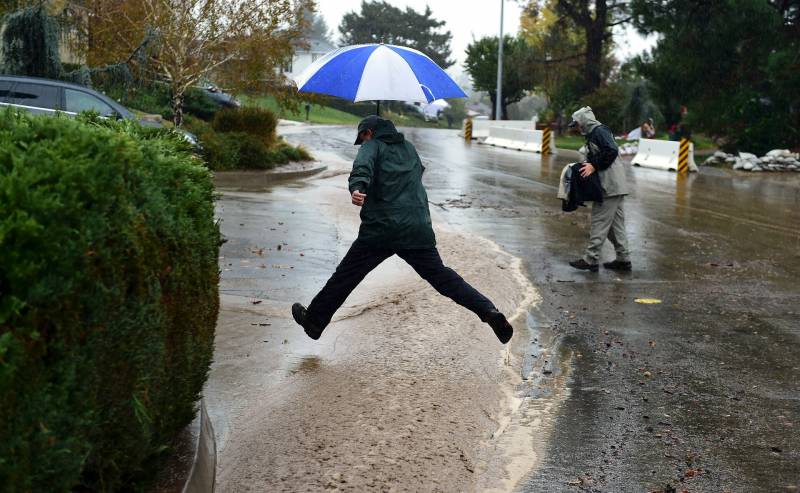The Bay Area is bracing for an “atmospheric river” — a massive, fast-moving storm system expected to soak the region this weekend.
The weather event could bring up to seven inches of rain to Sonoma County alone. In response, officials there are lowering the inflatable rubber dam in the Russian River to prevent damage when the water rises.
"It's unusual in that this is a large, atmospheric river for this early in the season,” said Barry Dugan, a spokesperson with Sonoma Water. “We normally see them a little bit later. What these atmospheric rivers do is they carry a tremendous amount of moisture into the area.”
Aside from lowering the dam, Dugan said there isn't much additional preparation. "We don't expect that the river is going to reach a flood stage," he said.
While he doesn’t expect the river to overflow, meteorologists have issued a flash flood watch for areas scarred by wildfires.
